Future Car Technology 2025: How the Latest Automobile Innovations Are Transforming the Industry
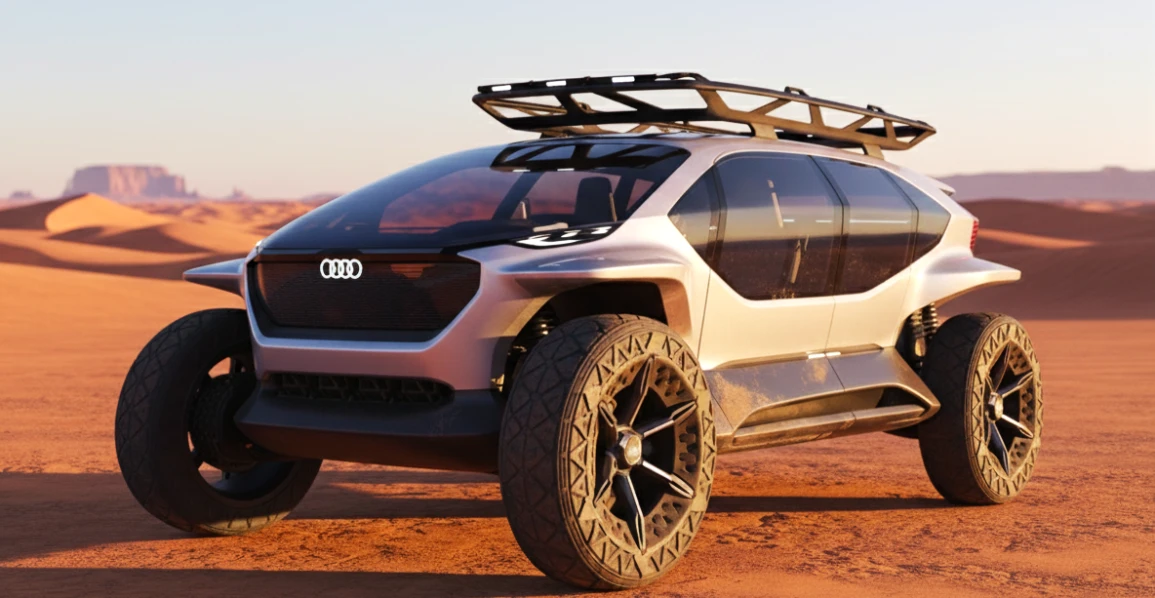
Today, the automotive industry is on the verge of its most significant transformation in the last hundred years. The internal combustion engine, which has been the heart of the automobile for over a century, is giving way to electricity. The driver's seat may soon become an optional feature. And the very concept of personal car ownership is being questioned. In 2025, we are not just at a point of technological renewal. We are witnesses and participants in a complete paradigm shift.
Why is it important to talk about this now? Because the pace of change is exponential. Digital transformation, strict environmental regulations, and breakthroughs in artificial intelligence have turned the automotive industry into an arena for tech giants and bold startups. The amazing changes that await us in the near future will affect not only how we drive, but also how we live, work, and interact with the world around us.
And our analysis in this article is the deepest possible dive into the automotive industry trends. We will examine the latest automobile technology that is shaping tomorrow today, and assess which future car technology will become a reality in the next decade.
A Brief Overview of Key Automotive Technologies
The industry's transformation is driven by three megatrends that act in synergy, reinforcing each other.
- Development of Electric Powertrains and Battery Technologies. Electrification is already the new norm. The main battle is now for batteries. Engineers worldwide are working on creating solid–state batteries that promise to increase range, reduce charging time to a few minutes, and enhance safety. In parallel, electric motors and power electronics are being perfected, making electric vehicles even more efficient.
- Autonomous Driving and Artificial Intelligence Systems. Level 2 Advanced Driver–Assistance Systems (ADAS) have become standard. The next step is the mass adoption of Level 3, where the car takes responsibility under certain conditions. Artificial Intelligence (AI) is the brain of these systems. It processes data from cameras, radars, and lidars, learns from huge datasets, and allows the car to "see" and "understand" the world around it.
- Connected Cars and the Internet of Things (IoT). A modern car is a powerful node in the "Internet of Things" network. Thanks to constant connectivity (V2X – Vehicle–to–Everything), it exchanges data with other cars, road infrastructure, and cloud services. This opens up opportunities for predictive maintenance, over–the–air software updates, and the creation of new services for the driver and passengers.
Such technologies are fundamentally changing the product itself. The car is ceasing to be a mere mechanical device and is becoming a Software–Defined Vehicle, where value is created not just by "hardware" but also by code.
Main Directions of Automotive Industry Transformation
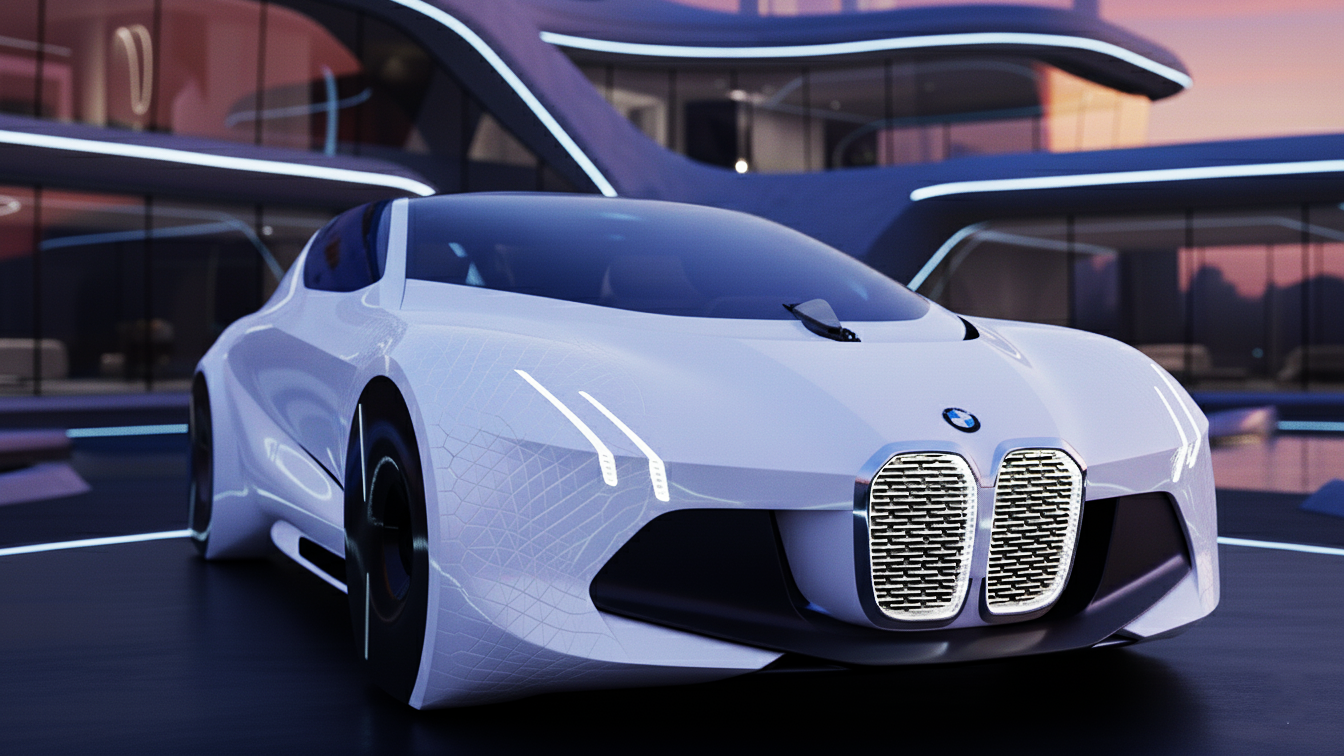
These technologies are shaping four main vectors of development that will define the industry's appearance for decades to come.
Electrification of Transport
A complete move away from ICE and a transition to clean energy. This process has already begun and is irreversible. The largest auto concerns are investing hundreds of billions of dollars in developing new electric platforms and building battery production plants.
Autonomous Transport Systems
The creation of fully driverless transport. This concerns not only personal cars but also commercial transport – trucks, taxis, shuttles. Autonomy promises to radically improve safety, reduce transportation costs, and change the face of cities.
Mobility as a Service (MaaS)
A shift from owning a car to using it on a subscription basis. Car sharing, ride–hailing, car subscriptions – all are part of a new business model. In the future, you will be able to order a ride in an autonomous taxi, rent an electric scooter, or book a car for the weekend through a single application.
Sustainable Manufacturing
A focus on the environmental friendliness of the entire car life cycle – from raw material extraction to disposal. The use of recycled and biodegradable materials, "green" energy at factories, and the creation of a circular economy are becoming key priorities for manufacturers.
TOP 15 Trends and Technologies in the Auto Industry
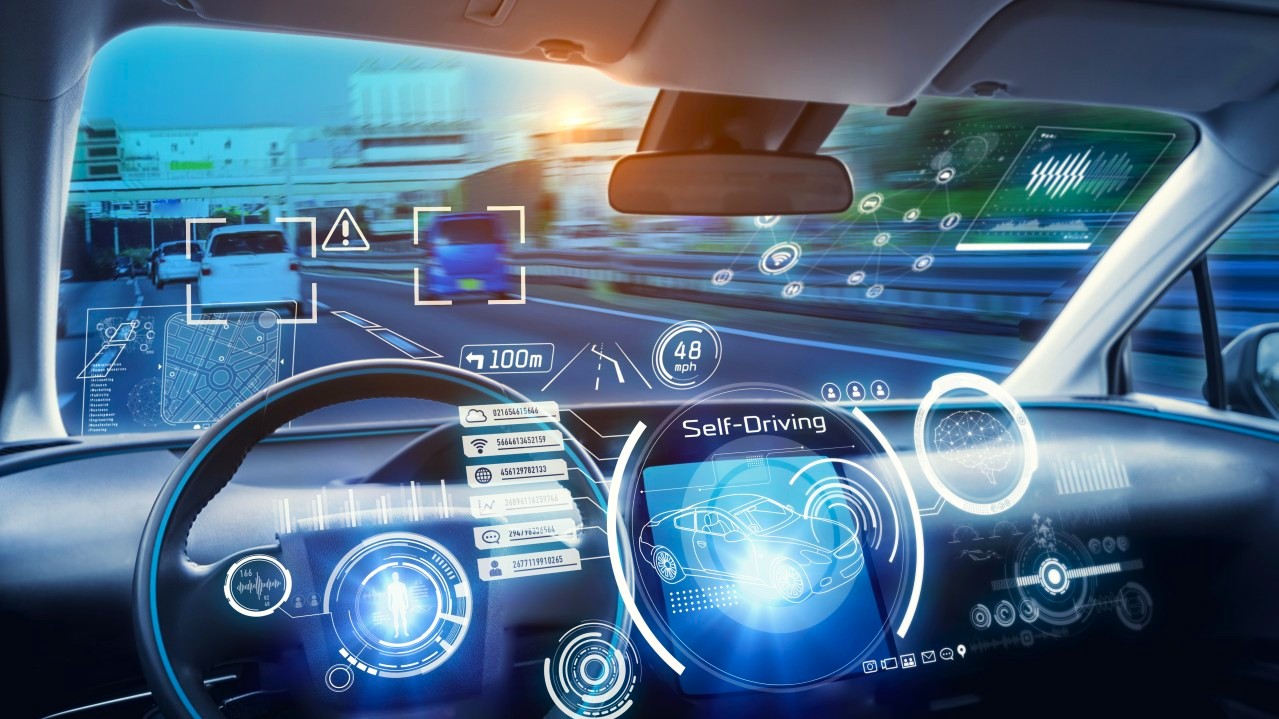
The future of the automotive industry is being formed at the intersection of many disciplines. We have highlighted 15 technologies and trends that will have the greatest impact on the industry in the coming years.
- Solid–State Batteries. This is the "holy grail" for electric vehicles. Unlike modern lithium–ion batteries with a liquid electrolyte, solid–state batteries use a solid material. This promises to increase energy density by 1.5–2 times, provide ultra–fast charging (up to 80% in 10–15 minutes), and radically improve safety by eliminating the risk of fire. Companies like Toyota and QuantumScape plan to start mass production by 2027–2028.
- 5G and V2X Communications (Connected Mobility). V2X (Vehicle–to–Everything) technology allows a car to exchange data with other vehicles (V2V), infrastructure (V2I), pedestrians (V2P), and the network (V2N). 5G networks provide the necessary speed and minimal latency for this. This is the foundation for safe autonomous driving and the creation of "smart" cities where cars warn each other of dangers. Research in this area is actively being conducted by Qualcomm.
- Artificial Intelligence in Cars. AI is the brain of the modern car. It not only controls the autopilot but also creates a personalized experience for the driver. Systems like Mercedes–Benz MBUX learn your habits, anticipate your desires, and adjust the music, climate, and route.
- Quantum Computing. For now, this is more of a research area, but its potential is enormous. Quantum computers can solve problems inaccessible to classical ones. Volkswagen is already using them to optimize traffic in real time and develop new battery materials.
- Blockchain in the Auto Industry. Blockchain technology ensures secure and transparent data storage. In the auto industry, it is used to create a "digital passport" for a car, which records its entire history (mileage, maintenance, accidents), eliminating fraud in the secondary market. It is also used to track supply chains, for example, to confirm the "ethical" origin of cobalt for batteries.
- Augmented Reality (AR). AR displays project navigation prompts, warnings, and other information directly onto the windshield, overlaying them on the real world. This makes navigation intuitive and keeps the driver from looking away from the road. Advanced solutions in this area are demonstrated by Panasonic Automotive.
- 3D Printing (Additive Manufacturing). Additive technologies allow for the creation of complex parts from a digital model. In the auto industry, 3D printing is used for prototyping, producing custom parts for luxury and racing cars, and in the future, for printing spare parts directly at the dealership.
- Holographic Displays. The next step after AR. The creation of three–dimensional images floating in the air to control car functions. This makes the interface even more intuitive and futuristic.
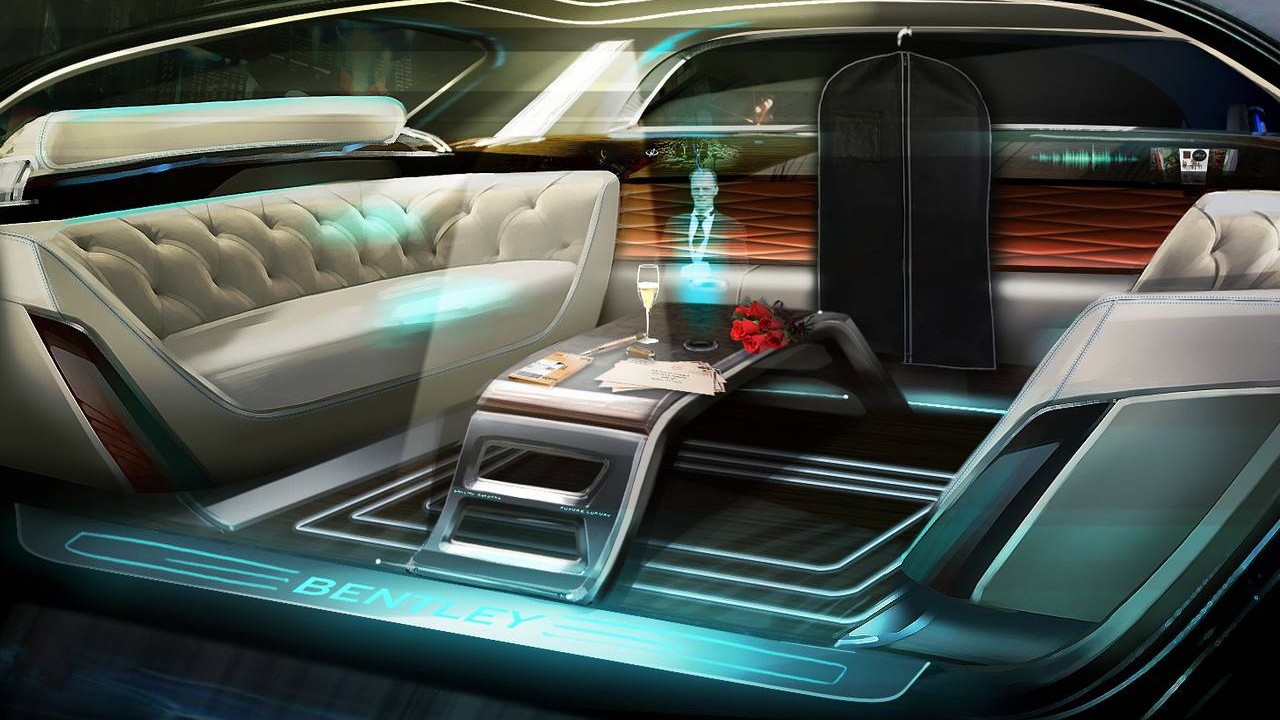
- Biometric Authentication. The car recognizes you by your fingerprint, face scan, or retina. This is not just for theft protection. The system automatically loads your personal settings: seat and mirror positions, favorite radio stations, and routes. Such technologies are already being implemented by Hyundai.
- Predictive Maintenance. Sensors constantly collect data on the condition of the car's components. AI analyzes this data and predicts a potential breakdown before it happens. The car itself will inform you that you soon need to replace the brake pads or check the battery.
- Lightweight Composite Materials. The fight to reduce weight is key to increasing efficiency. Carbon fiber, carbon–fiber composites, and new aluminum alloys make the body and chassis stronger and lighter. This increases the range of electric cars and reduces the fuel consumption of ICE cars.
- Vehicle–to–Grid (V2G) Technologies. The electric car becomes part of the energy system. When the car is parked, it can not only charge but also give excess energy back to the grid during peak load hours, and the owner will get paid for it. This helps to balance the energy system and accelerates the transition to renewable sources.
- Digital Twins. The creation of a complete virtual copy of a car. On it, engineers can conduct millions of kilometers of virtual tests, simulate crash tests, and refine the software even before the first physical prototype is created. And this radically speeds up and cheapens development.
- Robotic Manufacturing (Industry 4.0). Factories are turning into "smart" factories. Robots, the Internet of Things, and AI optimize assembly processes, improve quality, and increase production flexibility.
- Sustainable Materials. Eco–friendliness is not just about the exhaust. Manufacturers are actively introducing recycled plastic, fabrics from plant fibers (eucalyptus, bamboo), and even leather grown from mushroom mycelium into interior trim.
Trend / Technology | Potential Impact | Mass Adoption Timeline |
Solid–State Batteries | Breakthrough | 2027–2030 |
Level 4 Autonomy | Transformational | 2030–2035 |
5G and V2X | Very High | 2025–2028 |
In–Cabin AI | High | Being implemented |
V2G | High | 2026–2030 (depends on infrastructure) |
AR Displays | Medium | Being implemented |
Expected Timelines and Economic Impact
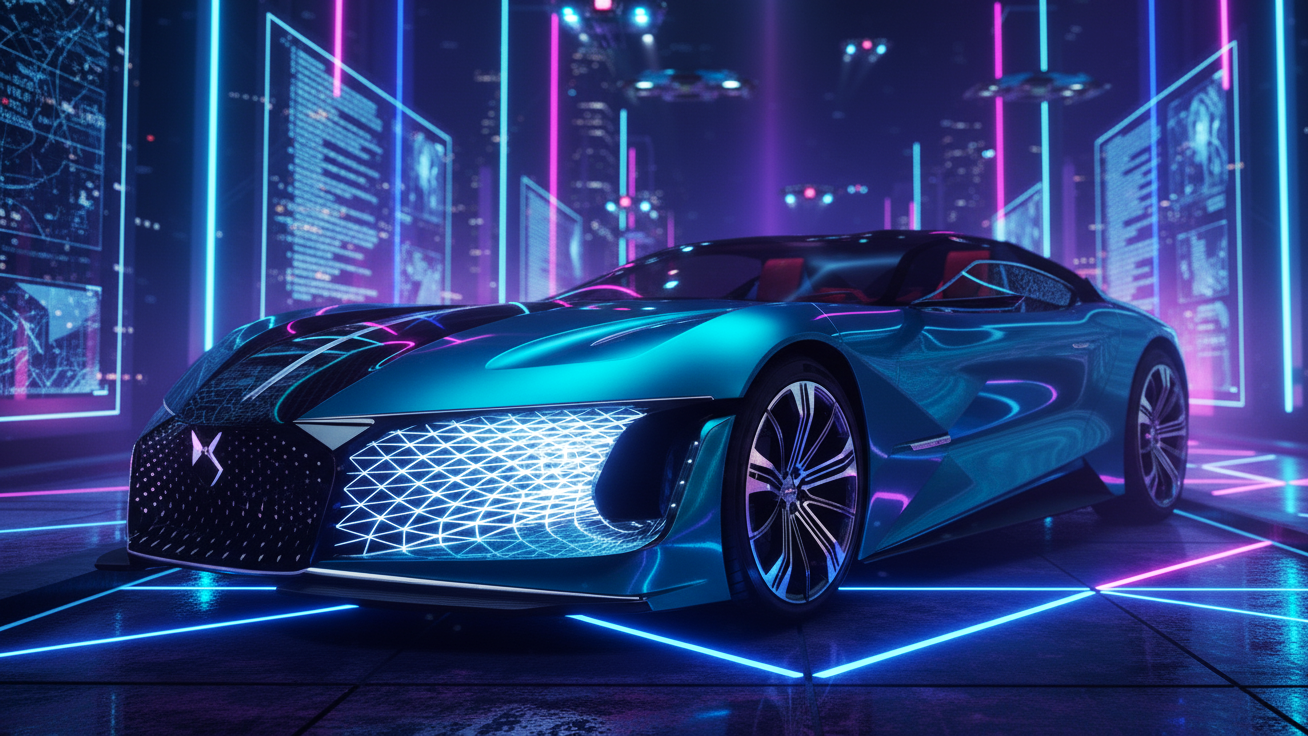
The transition from concept to conveyor is a complex and costly process. The emergence of a breakthrough technology does not mean its immediate implementation in the mass segment.
When will new technologies become mainstream?Most experts, including analysts from McKinsey and BloombergNEF, agree that major changes will occur in the next 5–10 years.
- 2025–2027: Mass adoption of electric vehicles with a range of 500–600 km, widespread implementation of Level 2+ autopilot systems and AR displays in mid–range cars.
- 2027–2030: The appearance of the first production cars with solid–state batteries. Certification and limited use of Level 4 systems in taxis and shuttles in select cities.
- After 2030: Level 4 autonomy becomes available in premium personal cars. V2G technologies begin to have a noticeable impact on the energy system.
Projected Investments
According to a report by AlixPartners, the automotive industry plans to invest over $1.2 trillion in electrification and autonomous driving by 2030. These colossal investments are the best proof of the irreversibility of the transformation.
How will the market change?
New future car technology will lead to a redistribution of power in the market. Traditional automakers are forced to compete with tech giants (Apple, Google, Huawei) who are entering the industry with their experience in software and AI development. Value will increasingly shift from "hardware" manufacturing to software and digital services creation.
Availability of Innovations
Initially, the latest automobile technology appears in the premium segment. However, competition and increased production volumes quickly reduce their cost. Technologies that were available only in a Mercedes S–Class 5 years ago can now be found in mass–market models from Hyundai or Kia.
How to Assess the Prospects of Automotive Technologies
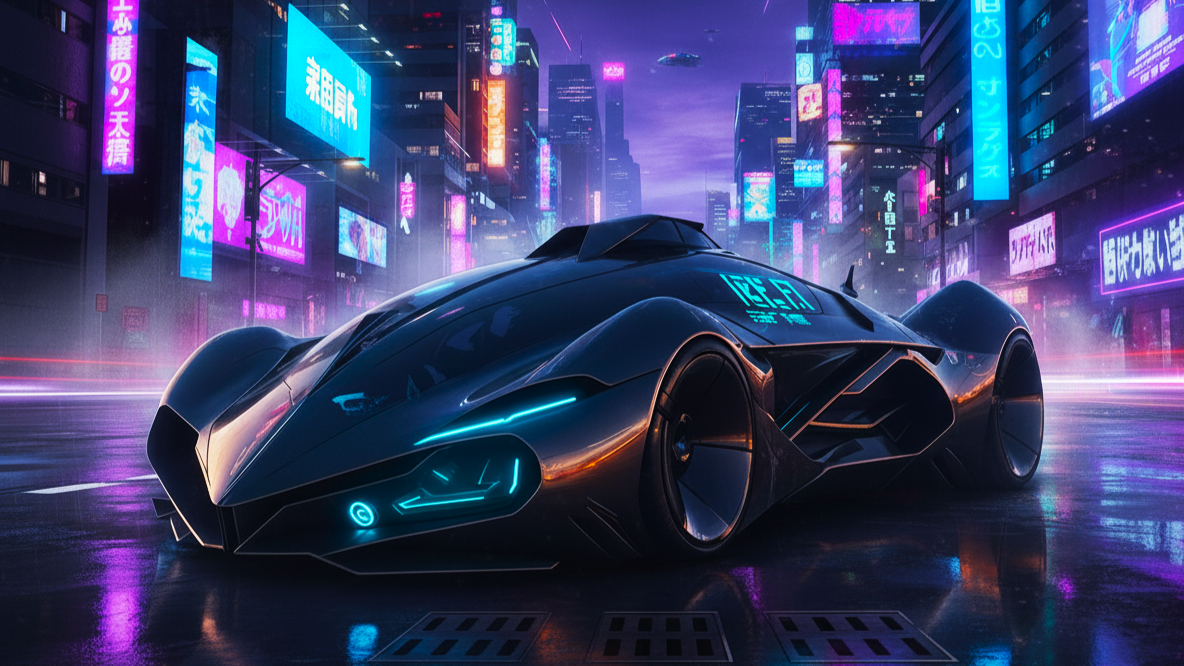
Not all loud announcements turn into real products. To distinguish a real prospect from marketing hype, evaluate the technology by four criteria:
- Technological Maturity. At what stage is the development: fundamental research, working prototype, or pre–production testing?
- Infrastructure Readiness. Even the most advanced hydrogen car is useless without a network of refueling stations.
- Manufacturer's Strategy. Is there a real investment plan and partnerships behind the announcement, or is it just a concept for a car show?
- Regulatory Environment. Is the legislation ready for the emergence of new technologies? This question is particularly acute for autonomous driving and flying cars.
Incredible but Obvious Breakthroughs in Automotive Technologies
Beyond the next decade, even more fundamental changes await us. Scientists and engineers are already working on technologies that sound like science fiction:
- Neural Interfaces: A direct link between the human brain and the car.
- Self–Healing Materials: A body capable of "healing" minor scratches on its own under the influence of heat.
- Instant Wireless Charging: Technology that allows an electric car to be charged while driving on special road lanes.
- Fully Autonomous Production: "Dark" factories (lights–out manufacturing), where the entire assembly process from start to finish is performed by robots without human intervention.
Misconceptions About the Future of the Auto Industry
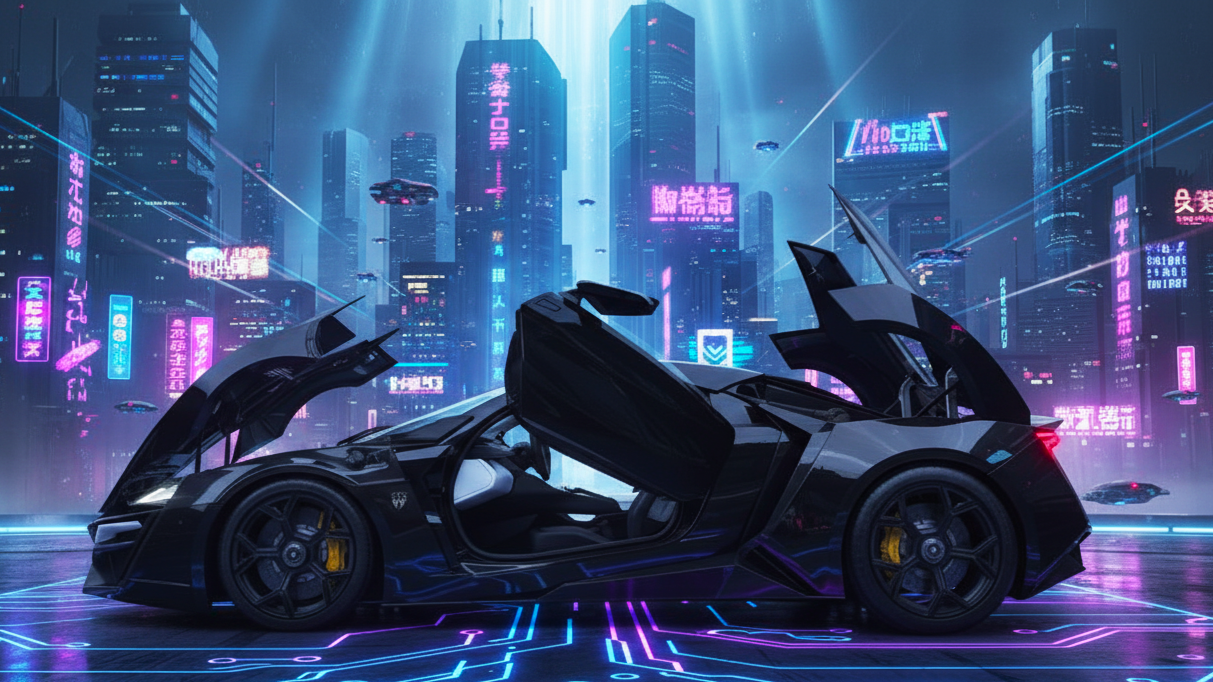
Now let's talk about mistakes. Here are some of them:
- Overestimating the speed of implementation. History shows that it often takes decades from invention to mass adoption.
- Ignoring regulatory constraints. Laws and safety standards often evolve slower than technology.
- Confusing marketing with reality. Claims of a "full autopilot" should be taken with a grain of salt, always clarifying which SAE level it corresponds to.
- Underestimating the complexity of transformation. The transition to electric vehicles is not just about replacing the engine, but a complete overhaul of supply chains, service centers, and energy infrastructure.
Conclusions and Recommendations
The future of the automotive industry has arrived, whether we like it or not. It is electric, autonomous, connected, and sustainable. The most promising automotive industry trends are the development of solid–state batteries, artificial intelligence for autonomous driving, and mobility services.
A realistic view of the timelines shows that most of these changes will become mainstream in the second half of this decade. To keep up with developments, refer to authoritative sources: the news sections of automaker websites, reports from analytical agencies, and broadcasts from major tech exhibitions like CES. Understanding these trends will not only keep you informed but also help you make the right decision when choosing your next car.


